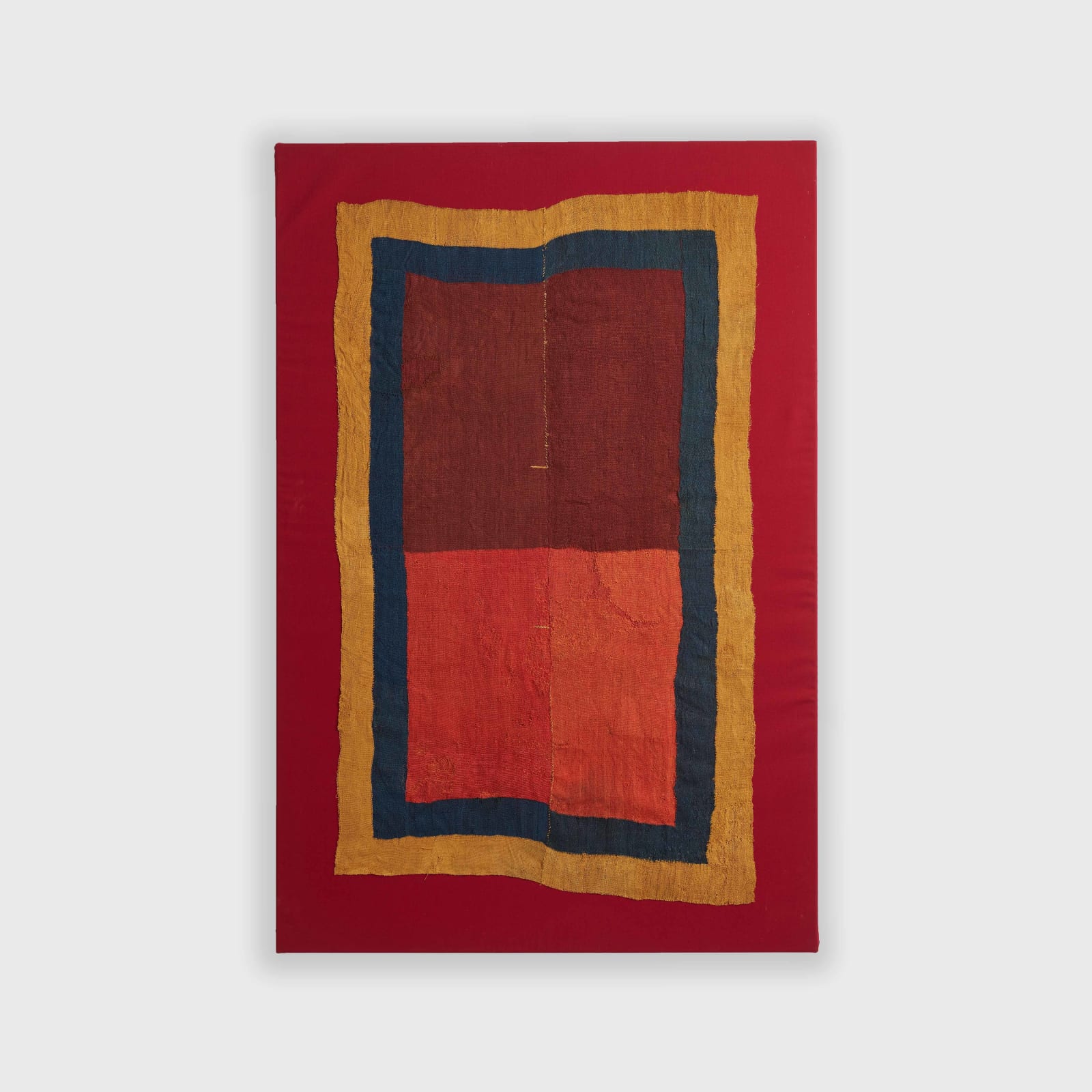Nazca Culture 100 BC-800 AD
Further images
André Emmerich, a key figure in promoting abstract painting in the mid-20th century, had a deep interest in Pre-Columbian art. His gallery was one of the first to deliberately co-exhibit Pre-Columbian artifacts alongside modern abstractionists like Kenneth Noland, Morris Louis, and Helen Frankenthaler. He saw in ancient Mesoamerican and South American textiles, ceramics, and stone carvings a kind of proto-modernism—geometric abstraction stripped down to its purest form.
Emmerich’s exhibitions implicitly suggested that abstraction was not an invention of the 20th century but something with deep roots in human visual culture. By placing Pre-Columbian objects alongside contemporary paintings, he demonstrated a timeless visual language—a continuity between past and present where simple, resonant forms and colors hold profound symbolic power.







